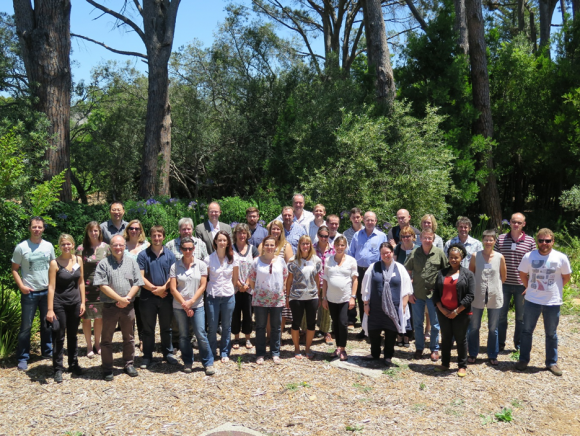26 September 2018 | By Andrew Liebhold
During the last two centuries, thousands of insect species have been moved (mostly unintentionally) outside of their native ranges. Some of these species were able to establish in new areas and in some cases with catastrophic ecological and economic impacts. Why have some world regions been invaded by more insect species than others?
This question was addressed by an international team of researchers led by Andrew Liebhold, including C·I·B Associate, Petr Pyšek, who set out to determine how environmental characteristics explain global variation in numbers of non-native insect species. To do this, the team analysed species inventories from 44 land areas, ranging from small oceanic islands to entire continents in various world regions and statistically related the numbers of native and non-native insect species to several different habitat characteristics.
They determined that numbers of invasions were partially explained by human demographics that influence historical trade and travel; this included for example human population density. However, the primary determinant of numbers of insect invasions was plant diversity. Both numbers of native and non-native plants strongly influenced numbers of insect invasions worldwide. These results suggest that areas with rich plant diversity (such as in the tropics) are most prone to future insect invasions and that efforts to control the establishment of invasive non-native plants may have an added benefit of minimizing future insect invasions.
Liebhold described these results: “We weren’t expecting to see this strong influence of plant diversity on insect invasions but in retrospect, it makes sense since most insects are herbivores. More plant species means more opportunites for invading insects to establish and thrive.”
Read the full paper at:
For more information, contact Andrew Liebhold at aliebhold@gmail.com


